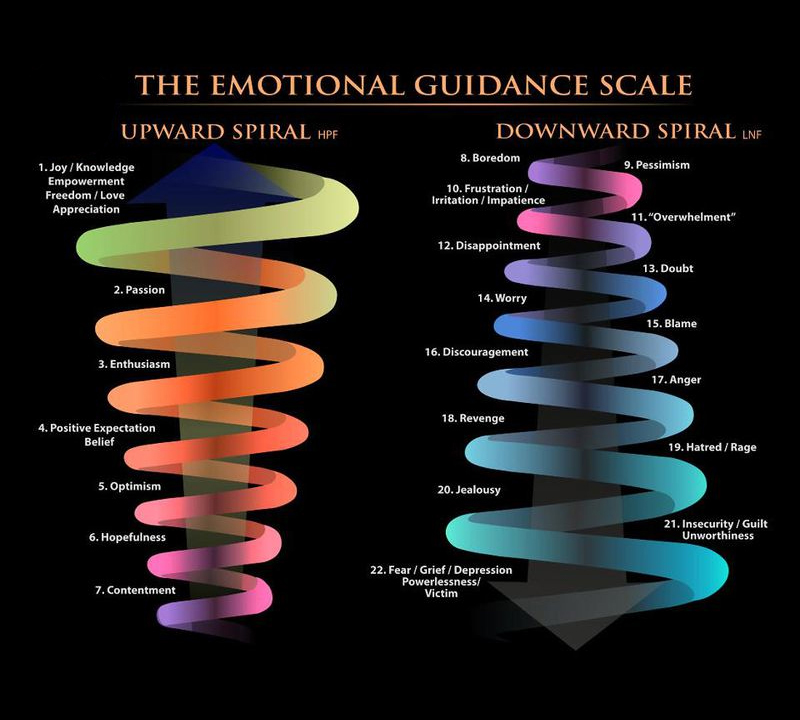 What is Happiness?
What is Happiness?
I want to take a moment to dispel some myths about happiness. Contrary to popular opinion, happiness is not about being deliriously cheerful, having a lot of stuff, or being the center of attention. Happiness has very little to do with what’s happening around you or to you and everything to do with how you feel about yourself and others. Happiness is an inside job; the sooner you realize this, the more likely you are to become happy or at least a happier person. Just so we understand what I’m talking about, synonyms for the word happiness abound. The Merriam-Webster Thesaurus lists a boatload of them, including joy, enjoyment, pleasure, satisfaction, comfort, glee, contentedness, cheer, exhilaration, and intoxication–and no, I’m not talking about getting drunk! If you don’t resonate with the word happiness, pick one that makes sense.
You Deserve to Be Happy
Regardless of the word, happiness requires being honest with your feelings and doing whatever you can to make your life as good as possible. Depending on your circumstances, this can be difficult, but it is not unattainable. Yes, no matter what has happened to you in the past, you deserve to have a healthy and joyful life filled with peace and love. Believe it.
If you don’t choose happiness, your other option is unhappiness, and its antonyms are sadness, depression, grief, anguish, and distress. Of course, there are times when, regardless of good intentions, life gets in the way of your peace of mind, but what’s important is how you respond. No matter what the circumstances, you have a choice. You can be reactive, or you can be calm and centered.
Happiness is an Inside Job
This is why I say that happiness is an inside job. So much of life depends on how you cope with the cards you’re dealt. Buying a new car, moving, or divorcing are always options, but wouldn’t it be easier to take responsibility for the circumstances that upset you rather than look outside of yourself for solutions? The truth is, most of the time, you create the drama that causes your unhappiness. Think about it. To live your best life, the goal is to get to a place that’s sustainable. Control your emotions. Be more adaptable and balanced. Communicate better so that you are comfortable asking for what you want rather than demanding or expecting the people in your life to read your mind and do the right thing. Be generous, kind, and good-natured. Behaviors like these are the stepping stones to living a happy life.
If you are the person you expect others to be, you are well on your way to being happy no matter what is going on around you. As a gauge, on a scale of 1-10, with one being sad and depressed and 10 being over the moon, on most days, where do you fall? Is this where you want to be, or could you do better? If you want to feel better, where do you start?
Four Ways to Improve Your Life
No matter who you are, there are four things you can do to improve your life.
• Meditate or practice mindfulness. According to the National Center for Complementary and Integrative Health, “Meditation and mindfulness practices may have a variety of health benefits and may help people improve the quality of their lives. Recent studies have investigated if meditation or mindfulness helps people manage anxiety, stress, depression, pain, or symptoms related to withdrawal from nicotine, alcohol, or opioids.” It does.
• Exercise. The National Library of Medicine states, “Exercise improves mental health by reducing anxiety, depression, and negative mood and by improving self-esteem and cognitive function.” At the very least, get off the couch and move your body. Take a walk, stretch, or do some yoga. No, you don’t have to join the gym or buy special workout clothes or shoes, although if your floors are hard, you might want to invest in an exercise mat.
• Eat healthy food. Your mom was right. Eat your fruits and vegetables. Throw in some nuts, seeds, beans, and whole grains. Limit sugar and alcohol. Choose fewer processed foods. Limit red meat and fat. Drink water. If you can’t figure it out on your own, see your friendly neighborhood dietitian.
• Think happy thoughts. Your thoughts really do matter. Negative self-talk or negative thinking can not only make you unhappy, but it can also make you sick. It’s a fact that chronic anxiety, depression, and stress can lead to heart disease, high blood pressure, and a weak immune system. To stop intrusive thoughts, wear a rubber band around your wrist and snap it as soon as a negative thought pops up.
You can be happier and it doesn’t cost a dime.
Jan Fishler is a certified happiness coach and author. Her most recent books are Don’t Stop Now: Making the Most of the Rest of Your Life and 52 Ways to Be Happy: from the inside out. You can learn more at www.JanFishler.net.
 Have You Done Enough?
Have You Done Enough?





